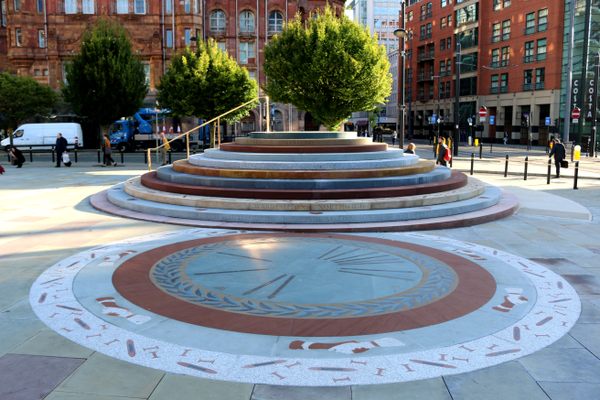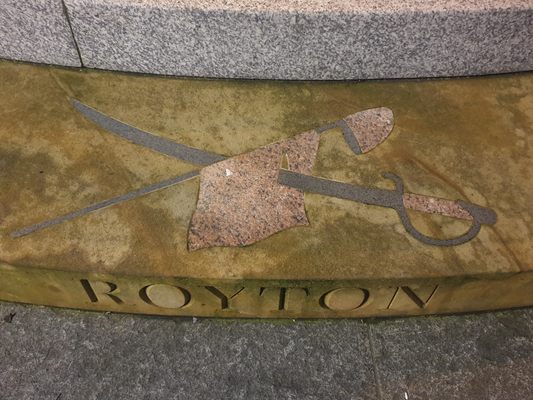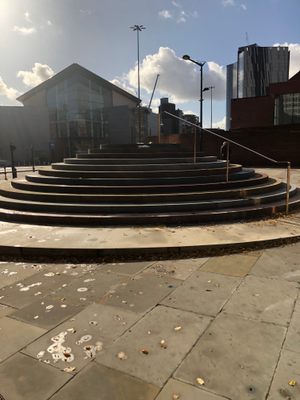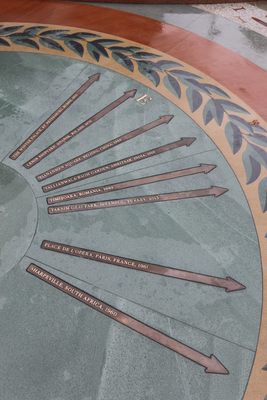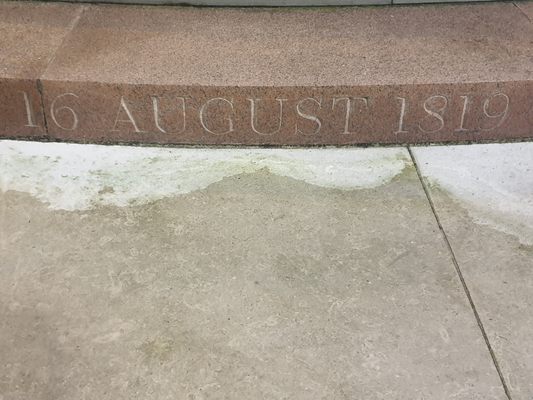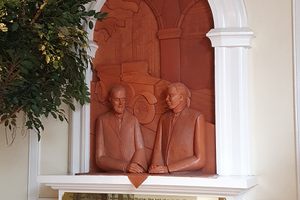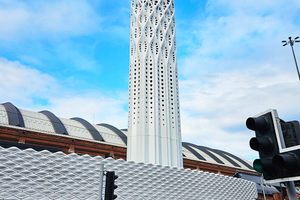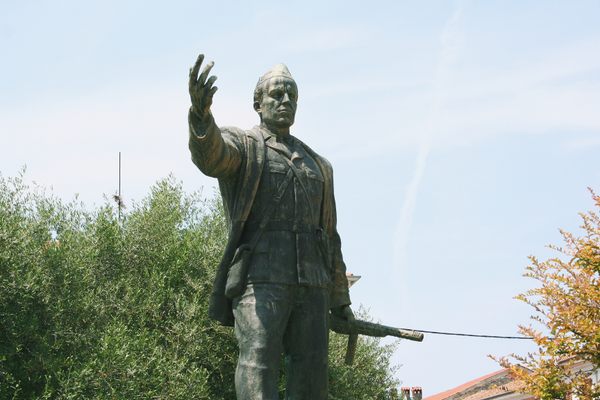About
The Peterloo Memorial commemorates those who were injured and died in the events of August 16, 1819. It was unveiled just before the tragedy's 200th anniversary.
At the time, the conclusion of the Napoleonic War four years earlier had led to a period of economic depression. Unemployment was rife, with wages of textile workers cut in half. In addition, the passing of the Corn Laws imposed tariffs on imported grain. This, in turn, caused rising food costs and famine. In and around Manchester, a growing reform movement had captured the attention of local people, aiming for both proper representation in Parliament for the large numbers of people living in the are, and the ability to vote.
On Monday August 16, 1819, more than 60,000 people gathered at St Peter’s Field to listen to a speech by Henry Hunt, a charismatic pioneer of working-class radicalism. They had walked for hours from the towns and villages surrounding Manchester, bearing banners with slogans such as "Universal Suffrage" and "Liberty and Fraternity." Wanting to make it clear that they were respectable, law-abiding citizens, the attendees wore their Sunday best.
The rally was peaceful event, but the size of the crowd worried the local establishment. The Manchester and Salford Yeomanry were deployed at the edge of the field. Hunt had barely begun speaking atop the hustings when they moved to arrest him. Events quickly spiraled out of control, with the Yeomanry drawing their sabres and slashing at the unarmed attendees. The sheer numbers of people made it impossible for the protesters to escape. Hundreds were injured, with estimates as high as 600. It's estimated that between 15 to 20 people died, either on the field or later of their injuries.
An attempted cover-up failed, with the events of the day caused outrage countrywide, becoming popularly known as Peterloo, a mocking reference to the battle of Waterloo. The authorities never recovered from the propaganda disaster of attacking women and children. This cleared the way for future reform bills to be passed peacefully.
For many years, the only memorial to the massacre was a poorly worded blue plaque on the exterior of the Radisson Hotel (formerly the Free Trade Hall). This was replaced in 2007 by a more appropriately worded red plaque. Following a 10 year lobbying campaign, a design by Jeremy Deller was selected, costing £1 million to build. Located only a short distance from the site, the memorial consists of a narrowing series of concentric circles, representing a gathering place. Each one is decorated with symbols of industry, with the edges inscribed with the names of towns and villages of where attendees had come from, along with the names of the dead. On the center circle, other historic massacres are recorded, with arrows pointing toward their location.
Related Tags
Know Before You Go
The memorial is located on the forecourt of Manchester Central Convention Complex, where Windmill Street meets Lower Mosley Street.
The memorial is visible from the plaza and there is a ramp to the interpretive panel. A handrail provides access to the top of the stepped area
Published
October 8, 2019
